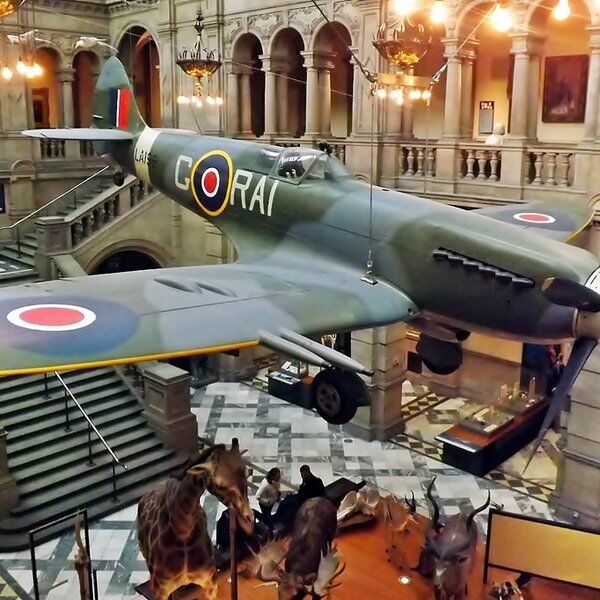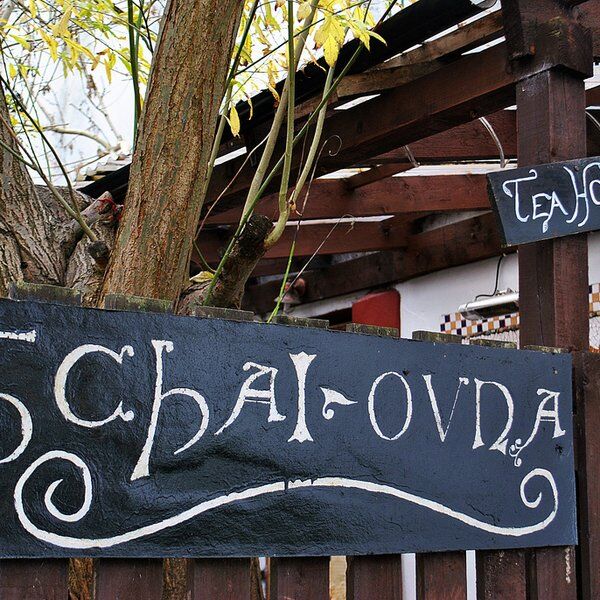Discover Wallace's Well in Glasgow
Wallace's Well, or Auchinleck Well, is a monument and tourist attraction on Langmuirhead Road near Robroyston. This historical site, listed in 1970 but removed from protection in 1993, is a physical marker connecting Sir William Wallace and Glasgow. It was here that the legendary Scottish leader is said to have quenched his thirst each time he visited Glasgow, including a fateful night just before he was captured by English troops. The site's alternate name, 'Auchinleck Well,' pays homage to the farm of Auchinleck, where Wallace was captured.
If you're planning a visit to Glasgow, don't miss the opportunity to visit the restored Wallace's Well and Wallace’s Cross memorials. They are easily accessible, if a little hard to find – you’ll definitely be needing your sat nav!
Who was Sir William Wallace?
Sir William Wallace, a formidable figure in Scottish history, emerged as a symbol of resistance against English oppression in the late 13th century. Born around 1270, Wallace passionately championed Scotland's quest for independence, driven by an unwavering desire to free his homeland from English tyranny.
Immortalised in literature, film, and the collective consciousness of the Scottish nation, Wallace's legacy endures. Today, his sword, on display at the Wallace Monument in Stirling, is a reminder of his commitment to Scotland.
Sir William Wallace and Wallace’s Well
The tragic details of Sir William Wallace’s last night at Wallace's Well are referenced by the Scots bard Blind Harry in his epic poem, "The Actes and Deidis of the Illustre and Vallyeant Campioun Schir William Wallace." On 5th August 1305, on his way to seek assistance for Scotland's independence from Bishop Robert Wishart, Sir William stopped in Rab Raa’s Toun. Here he sought shelter at the farm house by Wallace’s Well.
However, Rab Rae, the farm's owner, betrayed Wallace’s location to a band of English troops led by Sir John Mentieth. Although, conflicting accounts do exist, with some claiming that the betrayal came from Wallace’s vengeful servant, Jack Short. Either way, Sir William was apprehended by the English soldiers just yards from the well and suffered a brutal execution, being hung, drawn, and quartered in London on 23rd August 1305.

Commemorating the Site
In 1819, to commemorate Wallace's sacrifice for Scottish Independence, architect William Reid envisioned a 'Triumphal Arch' along the banks of the Clyde on Stockwell Street, complete with a statue featuring Wallace atop a horse. However it never came to fruition, leaving Glasgow bereft of a monument to rival the famous memorial in Stirling.
Wallace's Cross
Instead, a simple Celtic cross memorial was erected at the farmhouse site, now marked by the Wallace Monument since August 4, 1900. The tall pink granite cross was carved by McGlashen, sculptors from Edinburgh and sits atop a granite plinth, surrounded by iron railings.
Often referred to as the Wallace Cross, this monument, although less impressive than Stirling's, was still significant for marking the precise location of Wallace's capture. The cross's connection to history is further emphasised by a double-seater bench, believed to have once belonged to Wallace.
Neglecting Wallace’s Well
“As a nation we are not very good at looking after our historic sites… It is not just maintenance that we have problems with. We do not commemorate enough of our history either. History is like the memory of a nation. If it loses that memory then it cannot expect to be respected. A nation stands or falls on its history."
Despite being statutorily listed in 1970, Historic Scotland delisted the well’s protected status in 1993, due to changing criteria, sparking concerns about its preservation. However, this action was criticised by David R. Ross, Convener of the Society of William Wallace, and Nigel Tranter. Through public outcry and media pressure, supported by The Scotsman and The Daily Record, they highlighted the neglect of Scotland's historical sites and the need for their preservation.
Preserving Wallace’s Well and the Release of ‘Braveheart’
The Society of William Wallace also passionately lobbied the Glasgow City Council for the well's protection, gaining renewed interest after the 1995 release of the film ‘Braveheart’. The movie played a crucial role in saving the well from potential destruction. Subsequently, restoration efforts commenced in June 2011, which included re-turfing the well area and rebuilding the Memorial Cross's wall.
Much of the restoration was performed by volunteers. A stone structure with a commemorative inscription from 1305 was replaced with a pink granite lintel proudly bearing the name 'Wallace's Well.' Overlooking the Gadburn, the well is set within a curved alcove in a simple stone wall. A walkway from Wallace’s Cross to Wallace’s Well was installed, blue tiles and thistles were inlaid in the garden patch, and benches and planters were put in. There is also interpretive sign language and a plaque to commemorate David R. Ross.
The renewed Wallace's Well is a testament to the resilience of historical preservation efforts and the enduring legacy of Scotland's national hero, Sir William Wallace.
Our Thoughts…
Amid the haze of myths surrounding that night at Wallace's Wells, certain facts endure rooted in the places Sir William visited, battles he fought, and notable friends and foes he encountered. In that way Wallace's connections with Glasgow are etched into the city's very landscape.
Discover More about Glasgow with CityDays
Ready to discover more of what Glasgow has to offer?
CityDays have a brand new treasure and scavenger hunt in Glasgow which combines the fun of an escape room with the historic facts and whimsical trivia of a walking tour!
Take the stress out of planning your visit to Glasgow and book your adventure today!
Not visiting Glasgow this time? Don’t worry, you’ll find us all over the world.









